This article in its entirety was originally published in the Spring 2017 issue of My Table magazine. To order a copy, click here. To find My Table magazine on a newsstand near you, click here.
It’s almost spring, and no doubt you’re ready to replace your diet of winter roots and squashes with bright and sunny vernal fruits and vegetables. Tomatoes and chile peppers will be abundant soon, while the best short-seasoned blackberries can be found at your farmers’ market or on a roadside bramble.
While most produce is delicious consumed fresh, adding a little sugar, salt, vinegar and spice – that is, pickling – changes the texture and flavor profiles of many fruits and vegetables. Pickling foods has been a culinary activity for thousands of years, extending the edible life of foods when necessary. Pickled foods also provide the gut with probiotic bacteria, which aids digestion.
For an update on techniques and his creative spin on pickling, I turned to executive chef Mark Schmidt at the Rainbow Lodge, which occupies a century-old hunting cabin on White Oak Bayou near the North Loop. At the restaurant, Schmidt harvests much of his produce from the surrounding organic gardens planted by the restaurant’s owners Donnette Hansen and Sheila Shell. These gardens always include tomatoes, greens and citrus fruits, as well as honey from the restaurant’s own hives. Schmidt recommends fruits and vegetables at the peak of their ripeness for best pickling results.
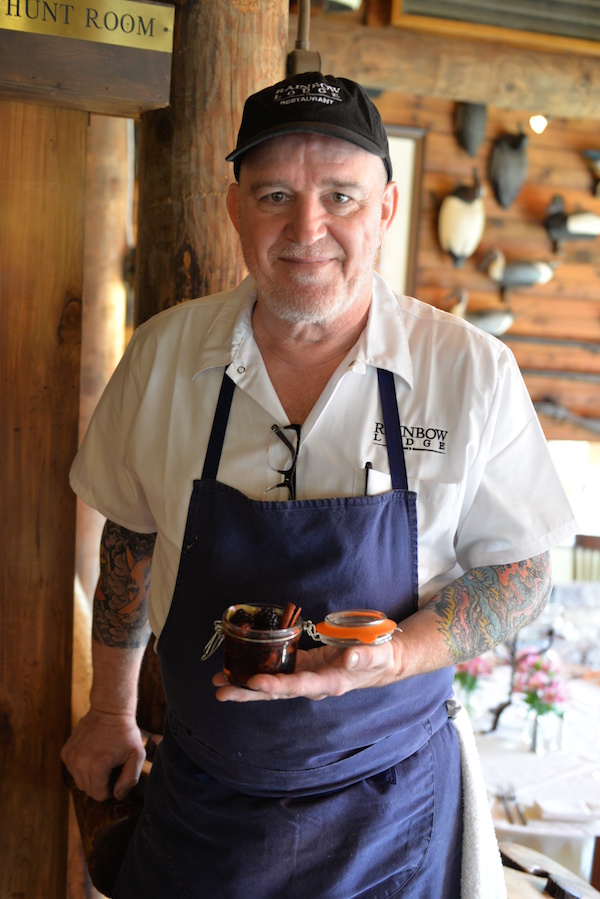
Mark Schmidt of Rainbow Lodge
Since the focus of the restaurant’s menu is wild game and Gulf seafood, pickling adds new twists to Schmidt famous game burgers, salads, duck, venison, rabbit and other wild offerings. “Pickled foods can heighten cheese trays, oatmeal, yogurt and salads due to their complex sweet, spiced and tart character and varied textures,” says Schmidt.
Certain chutneys fall under the pickling umbrella if they contain vinegar, fresh fruit and spices, and that’s why we have included a chutney recipe here. My grilled cheese sandwich, using Schmidt’s cherry tomato chutney, is a brilliant pairing with cave-aged cheddar. The acidity in the chutney perfectly complements the rich and earthy cheese.
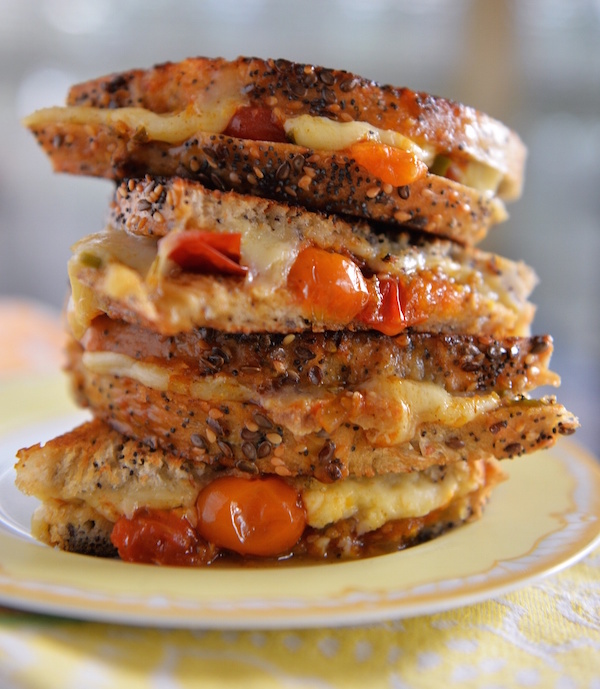
Tomato chutney (recipe below) is your grilled cheese sandwich’s new best friend.
These three recipes were made using a “quick pickling” method. They are very easy to make and exclude traditional canning methods, therefore that they are not suitable for long-term storage. Instead, keep them refrigerated and consume them within the time specified in each recipe. It’s still necessary to sterilize the jars in which the pickles will be stored.
To sterilize the jars: Wash jars in soapy water. Rinse well in hot water. Line a baking sheet with paper towels. Place jars on baking sheet and place in a preheated 250˚F oven for 10 to 15 minutes while you’re preparing the recipe. Carefully remove baking sheet from oven and fill jars immediately. Boil lids for jars in water for one minute. Close lid and rings tightly and allow pickles to cool before refrigerating.

Cherry Tomato Chutney
Recipe from Chef Mark Schmidt, Rainbow Lodge
1 cup water
¼ cup rice wine vinegar
½ cup sugar
2 cups cherry tomatoes, sliced in half
1 jalapeño pepper, seeded and minced
¼ cup red onion, diced
2 tsp. grated fresh ginger root
1 Tbsp. cilantro (chopped)
2 tsp. Madras curry powder
1 tsp. garam masala (available in Indian markets or import section of your grocery store)
½ tsp. salt
pinch of red pepper flakes
METHOD: Combine water, vinegar and sugar in a small saucepan and bring to a boil. Simmer on medium heat until the mixture becomes thick and syrupy (about 20 minutes).
Meanwhile, combine tomatoes and remaining ingredients in a small bowl and allow them to marinate while the liquid is reducing. When the syrup is ready, add the tomato mixture and simmer for another 5 minutes. Remove from heat, pack into sterilized jar. Cool and refrigerate until ready for use. Yield: about 1 pint.
For the bread and butter pickled jalapenos recipe and a pickled blackberries how-to, get your hands on a copy of the Spring 2017 issue of My Table magazine.

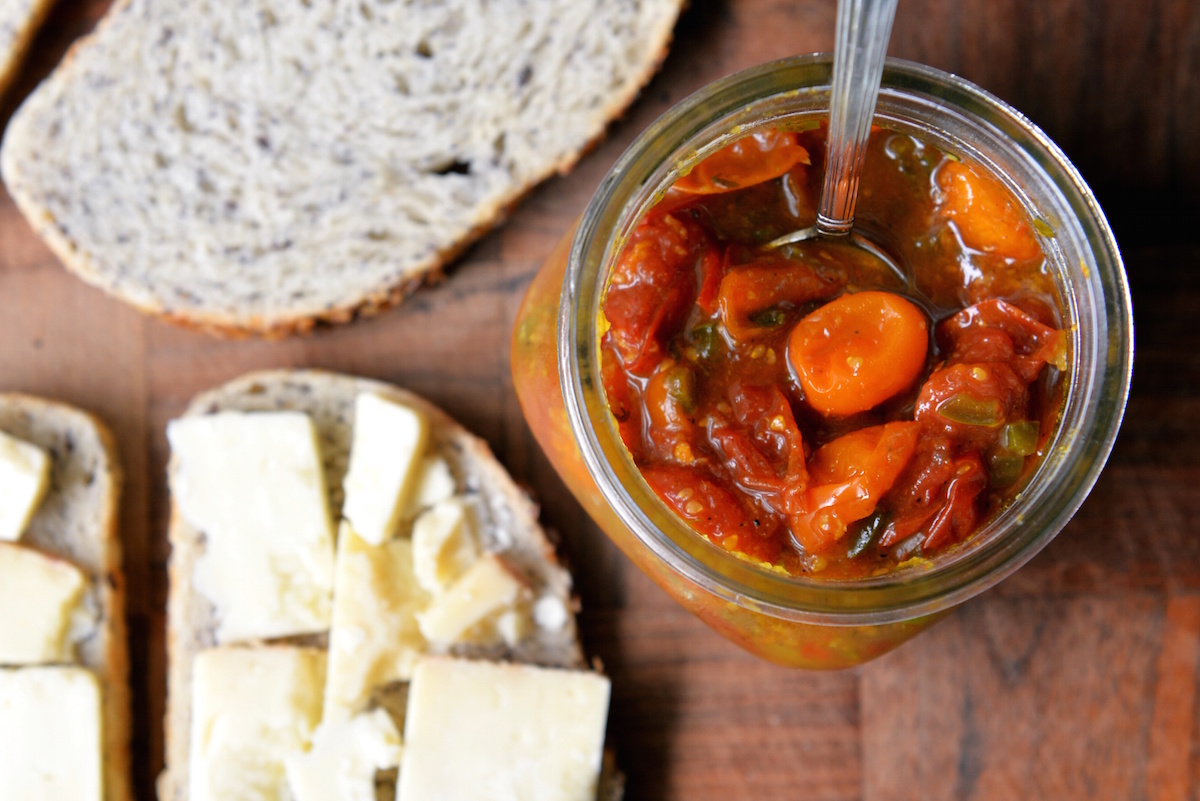

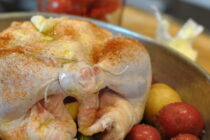
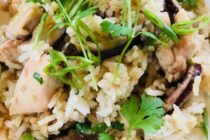
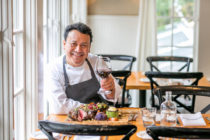

Follow Us